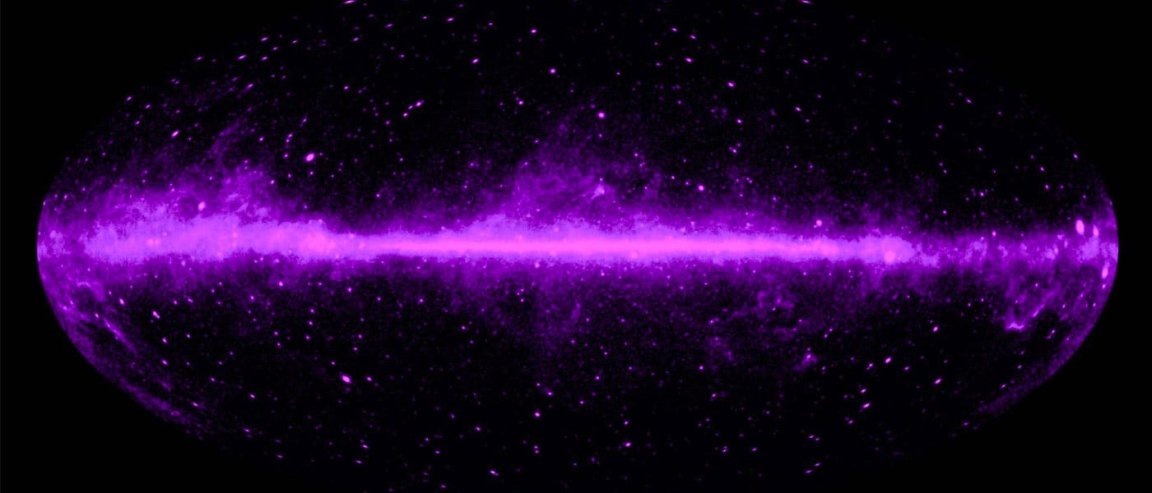
A New Theory
A new gravitational theory formulated by Erik Verlinde, renowned string theory expert at the University of Amsterdam and the Delta Institute for Theoretical Physics, might just do away with the roles of dark matter and dark energy in explaining the physics of the universe.
Modern physicists haven’t been able to explain why outer regions of galaxies rotate much faster than they should based on the mass and energy of the stars, planets, interstellar gasses, and other matter within them. The best explanation thus far for this strange gravitational behavior has been dark matter, a type of matter that we can’t see and that we haven’t really discovered yet.
Verlinde has a different explanation for these deviations in motion, and he calls his new theory emergent gravity. In his theory, gravity is an emergent phenomenon and not a fundamental force. As such, it’s a product of fundamental bits of information that are stored with the structure of spacetime itself. When those fundamental bits change, gravity emerges.
“We have evidence that this new view of gravity actually agrees with the observations,”says Verlinde in a Delta ITP press release. Indeed, using his theory, he has produced accurate predictions of the velocities of stars rotating around the core of the Milky Way and stars in other galaxies without any need for dark matter. By including an adaptation of the holographic principle within his theory, Verlinde is also able to account for dark energy, the unseen force causing the universe to expand.

A New Paradigm
Our current understanding of gravity is largely based on Einstein’s theory of general relativity. While that theory can explain a lot of the behavior of our universe, it doesn’t hold up when applied to quantum physics, which becomes evident in extreme situations like near a black hole or during the Big Bang. Therefore, Verlinde and many other physicists think that our theory of gravity needs to be updated.
“Many theoretical physicists like me are working on a revision of the theory, and some major advancements have been made,” says Verlinde. “We might be standing on the brink of a new scientific revolution that will radically change our views on the very nature of space, time and gravity.”
Of course, Verlinde’s theory is still just that — theoretical — and it does have its limitations, including an inability to explain large-scale effects like galaxies clustering together. However, it is a plausible path toward reconciling the two pillars of modern physics, Einstein’s theory of general relativity and quantum mechanics, and therefore worth thinking about…even if it might make your brain hurt.